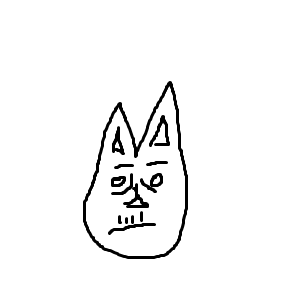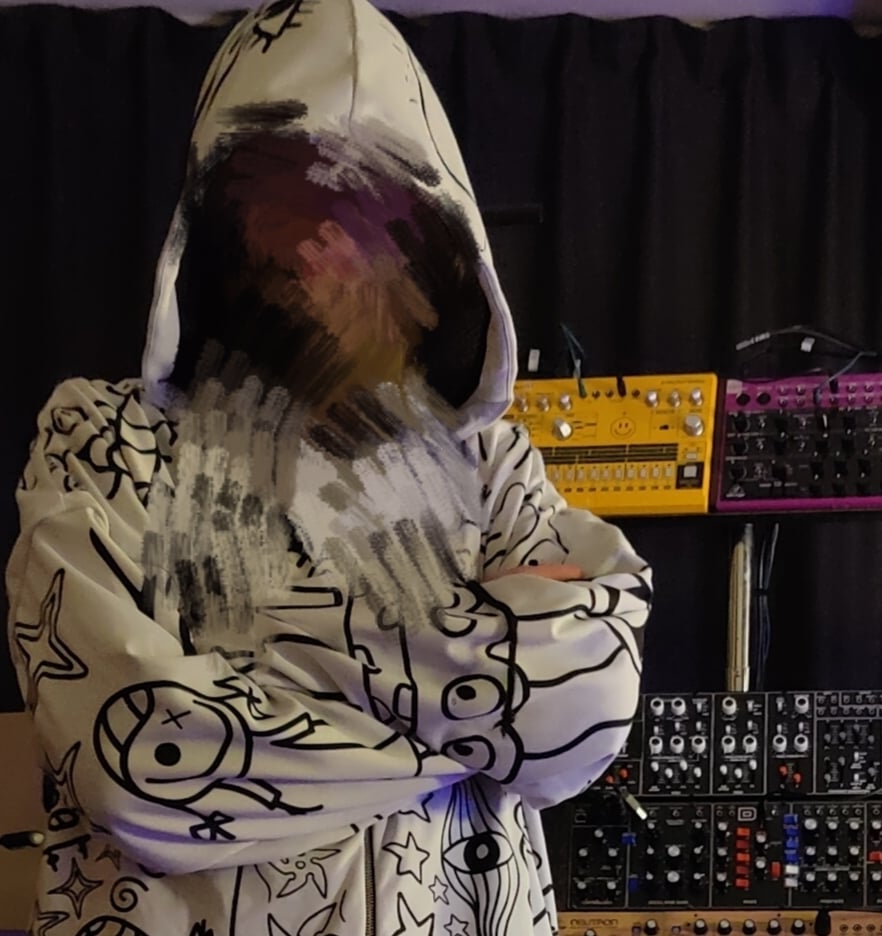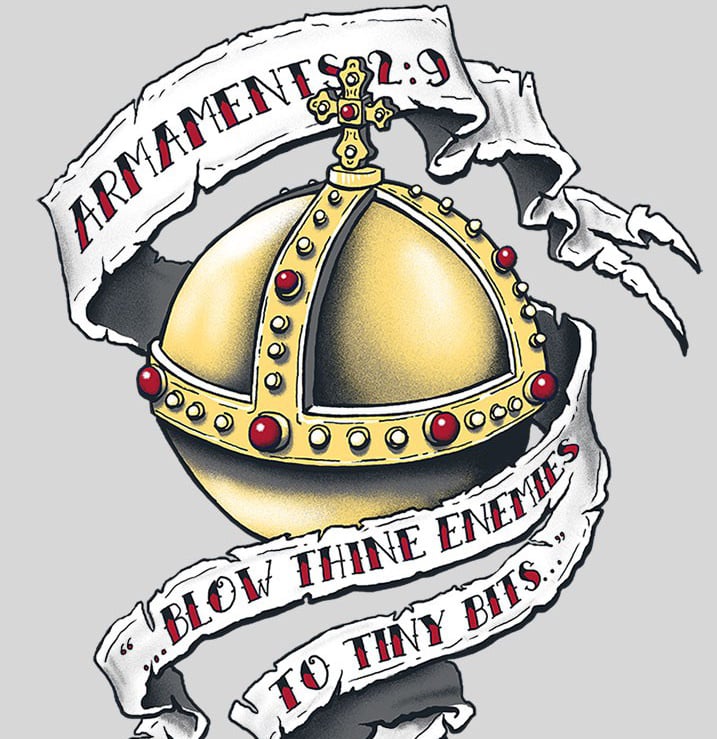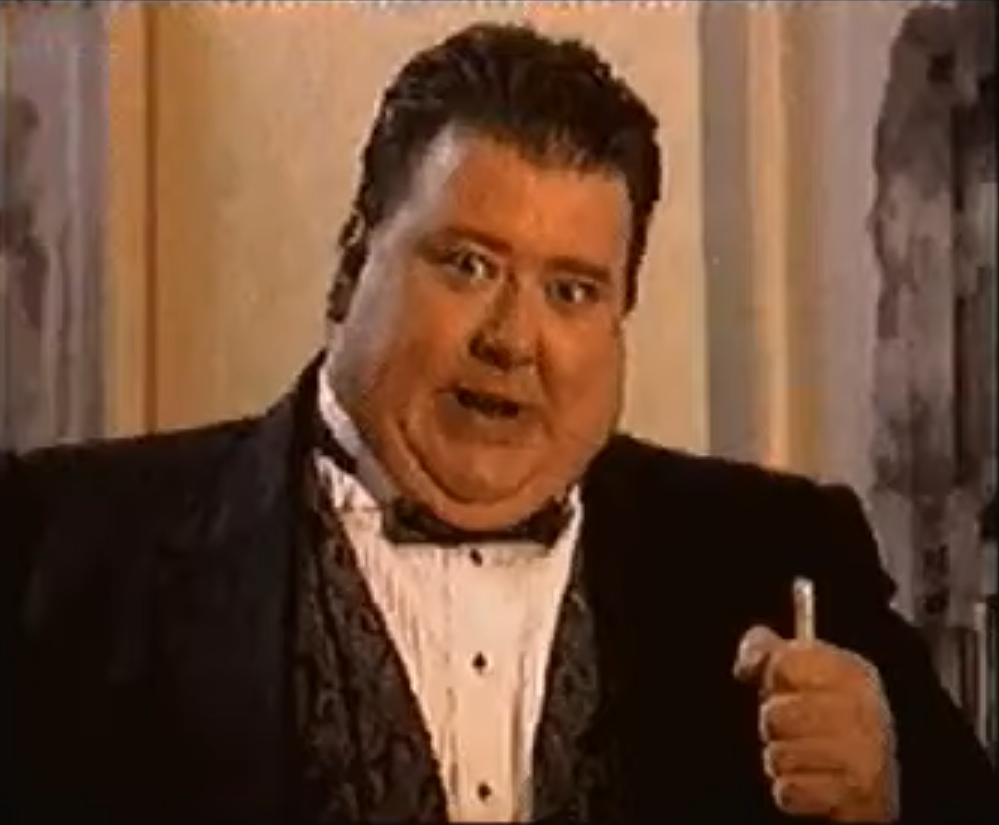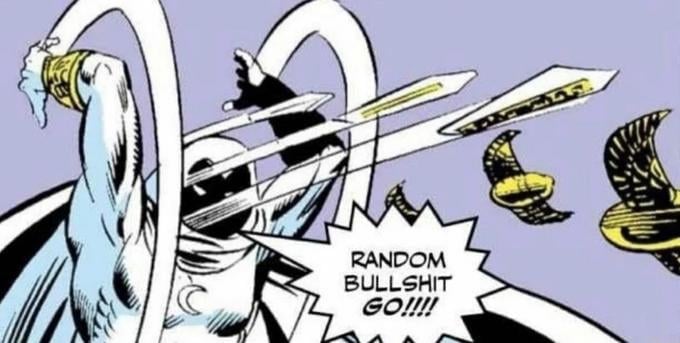Did they study the paint chemicals themselves to see if that by itself was a natural bug repellant?
Did they check if the paint chemicals are even safe for cows?
🤔
What if it’s just the white stripes (not the band)? Do white cows have the same number of flies? What if you paint them with black stripes?
Maybe those are answered in the article, but I’ll never read it.
LOL, same. Not worth the reading time. Any which way you twist it, there’s still probably way too many unknown factors.
Yes. They had a control group with only black stripes along with an unpainted group. I would have to assume they also checked the paints for potential repellents, but I only skimmed the article.
There is also the paint creating a barrier.
OK, but they didn’t count bites. They counted how many flies landed on the cow. So it being a barrier is irrelevant
Instead of unpainted black they should have done painted black, or done both.
I haven’t read the study, but most of these would need a placebo group, so divide the herd into thirds, one with no paint, one with stripes, and one fully painted white to get a baseline for each group. Also would be good to randomize which group each cow goes in each day so to rule out one cow who is especially tasty to flies.
Also blindfold the scientists and the cows so it’s double blind. We don’t want the cows acting in a fly-attracting way because of placebo.
Those groups also have another characteristic that changes: the amount of the cow covered in paint.
How do you determine if its that vs the stripes or colors?
You paint a second control group the colors and patterns they already are
Did this study do that? The abstract didnt mention it.
Probably not. I was just answering your question - that’s how you’d eliminate that variable from the experiment
Right thank you for the clarification.
I’ve not seen the study referenced, but if I were doing it I’d have cows I painted with white paint, white stripes, black paint, and a control I left unpainted.
This study is posted in another comment here, but they left out the black paint group.
Yes, obviously. But are the flies possibly repelled by the paint? Are the flies even able to bite through the paint?
Edit: 50% stripes, 50% reduction in bug bites.
Coincidence? I think not.
Somebody posted the study in this thread if you’re curious
Fair enough. But I’m in no rush to paint myself or my dog, and I lost the last cow I ever had over the Rainbow Bridge…
A control group where they mix the colors together and paint them grey would answer that
Can a biting fly even penetrate paint, to consume that precious bovine blood?
What if you actually read the study before asking questions 😅😜🤔
Tha smartest mother fucker in the room

What is the burger tie for? To repel hippies?
No it’s to wipe the sauce off his chin after finishing a burger!
What that second burger tie for O.o
That’s for modesty!
What is America known for? Burgers and prisons
Little kids think haha funny burgler, adults shudder and cry
adults shudder and cry
Swiper, no swiping!
Sorry, totally unknown reference to me
No, that’s just to look cool
Looks like this is the study: https://www.ncbi.nlm.nih.gov/pmc/articles/PMC6776349/
You’re a hero.
FYI if this sort of study is your thing, Temple Grandin published her studies as a volume and they’re quite good reading. More of them delve into human psychology than you’d think for someone who’s famous for working with animals. Source: I paged through it while waiting in a book store
Doesnt this study just imply that paint repels mosquitos? If they wanted to disprove that I don’t see why they wouldnt use black paint instead of what they did which was using black cows. If you paint a black cow black, and it gets bit less, that would sort of give it away wouldnt it?
If you paint a black cow black, and it gets bit less, that would sort of give it away wouldnt it?
They already did sorta do that. One of the three groups was painted black on black, albeit with stripes. Those were bitten as much as the unpainted black cows.
To take it to the furthest conclusion I’d paint them entirely in black, and entirely in white (in case there’s something different between the white and black paint besides the color).
Oh interesting I think I misread that middle group, I thought it was white stripes. I’ll have to go back over it when I have the time to look at the details. I agree with your last point though.
Like other insects, I believe flies orient themselves with light. Striped surfaces like this would cause some confusion with that. There’s a few studies around about flight paths and light/surfaces around, if there’s any interest I’ll do a rummage. Light reflects, black absorbs remember. Very good for controlled contrast.
I get its supposed to be a sort of camouflage, but the group that had the best results also happened to be the only one that had stripes and a full cover of paint.
The one concern I have with the other types of tests is that I’m not sure flies are attracted to non-animal surfaces in the same way. But then again I don’t know the mechanism of how a fly targets where to go and then how it gets there navigationally.
The treatments were black-and-white painted stripes, black painted stripes, and no stripes (all-black body surface). Recorded fly-repelling behaviors were head throw, ear beat, leg stamp, skin twitch, and tail flick. Photo images of the right side of each cow were taken using a commercial digital camera after every observation and biting flies on the body and each leg were counted from the photo images. Here we show that the numbers of biting flies on Japanese Black cows painted with black-and-white stripes were significantly lower than those on non-painted cows and cows painted only with black stripes
The study says that zebra markings repels flies.
It says at most that paint over skin will reduce mosquitos biting. Unless there is more expounded up in the study that was left out here.
In the cited study with buckets, it was shown that striped and spotted surfaces attract fewer flies.
That makes me think if Nguni cattle
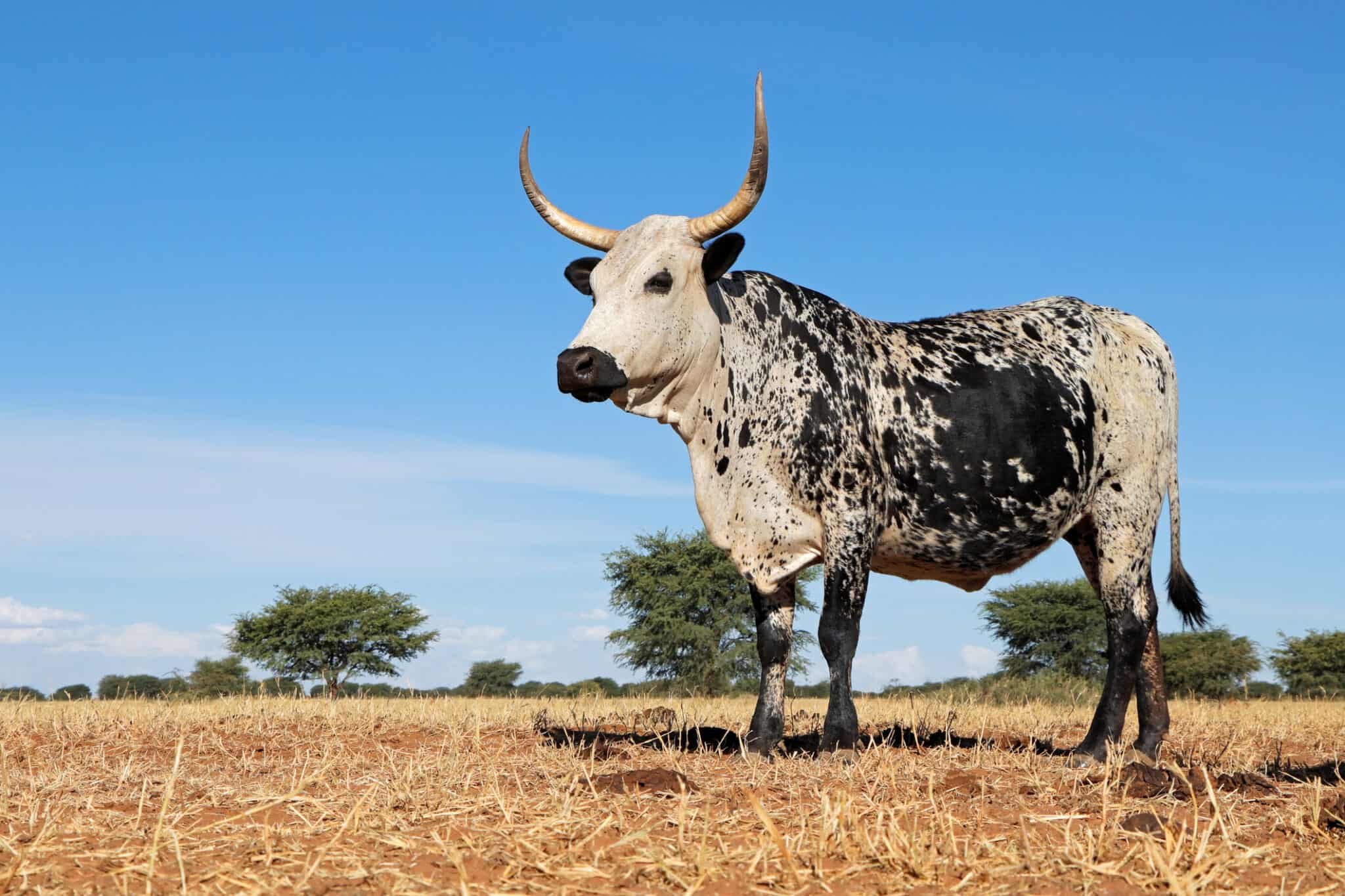 have an easier time with those pests.
have an easier time with those pests.If yes, that would be another plus for hardy landraces in place of overengineered, capitalmaxxed breeds.
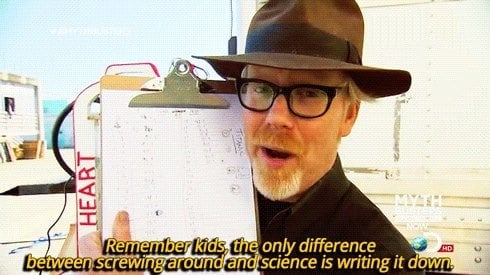
So, I was able to convince a coworker that I had a friend who worked at our nearby zoo, and that my friend let me in on the secret that zebras aren’t real, they’re just horses painted to look like that, “big zoo is lying to us to get our money,” you know.
Well, long story short I’m gonna need to steal this image from you and crop it, thanks.
I’m going on holiday to Cambodia in February. Guess I’ll bring my body paint supplies and run around in war stripes over my body.
now that the song is playing forcefully in my brain i’m going to make you suffer with me
Don’t forget to pack a wife.
YESSS BEAT ME TO IT LMAO
Can confirm, insects are drawn to brightness
Luckily my soul is dark and bitter.
Good for their physical health, but not great for their personal goals and expectations.
Yup. Large creatures knows better than to wear stripes.
Oh, I was thinking more along the lines of any aspirations to not be a cow.

My Chemilkal Romance
One painted cow to the other: See bra!
Dig the username.

I’m pretty sure this study shows that paint repels mosquitos. Not much else.

Why has evolution let these cows down?
I mean, we kind of hijacked evolution in favor of hypergrowth and ludicrous gazongas a long time ago.
Hippity, hoppity. Your natural selection is now my property!
In most places flies are more nuisances than actual threats to large mammals. But then, there are the tsé-tsé flies…
[Edit : Had previously written “horses” instead of “flies” by accident]
tse-tse horses would be terrifying.
True, but what I actually wrote was calling horses a nuisance.
I’m about to start dressing like beetlejuice
Reminds me of a donkey I saw in Mexico painted like a zebra trying to trick tourists
Sure, but there’s also the secondary market of people who think it’s hilarious to get a photo with a donkey painted like a zebra to trick tourists. Lean into it a bit, like wrestling, it could be fun.
After 10 Pacificos I will in fact be leaning
This is no donkey painted like a zebra, it’s a majestic hybrid zonkey. Just 5 dollars to take a photo, or 3 for $10.
I’ll come back after 10 Pacificos
HEy aMIgO!! Lemme ride the ZOnKey!! VAMANOS! Cien pesos!!hiccup
Source? I’m curious to read about this. How do they know the paint didn’t do it? Another comment here said that spots also do the trick, so if you have two cows in the same field, one spotted and one solid colored, is the solid colored cow getting 2x as many flies? Do the stripes still work when surrounded by other cows who don’t have stripes? So many questions!
How do they know the paint didn’t do it?
There were 3 groups of black cows: an unpainted control group, a black stripe group painted with black stripes (not very visible because the cows were already black), and a black and white painted group. The control group had similar results to the black stripe group, which suggests that the black paint alone didn’t do anything.
So further research could be to compare to an all black painted group and an all white painted group, with no unpainted fur, as well. If it’s the pattern, then one would expect the totally painted cattle of either paint color would see similar results as unpainted.
Brilliant, thanks!
This is why we need the paper linked with the meme. It seems obvious that a fly would prefer skin to paint.
I like to see what you guys can find when you dig around. ;)
If they figure out if it’s the white stripes or black stripes that do the trick they could reach 100%.
I first read function as in mathemetical function, now I wonder, what the avarege zebras stripes function is
Pedantic warning: it’s not a conventional function, cuz it’d be multivalued for any given input no matter where you put the axes lol




